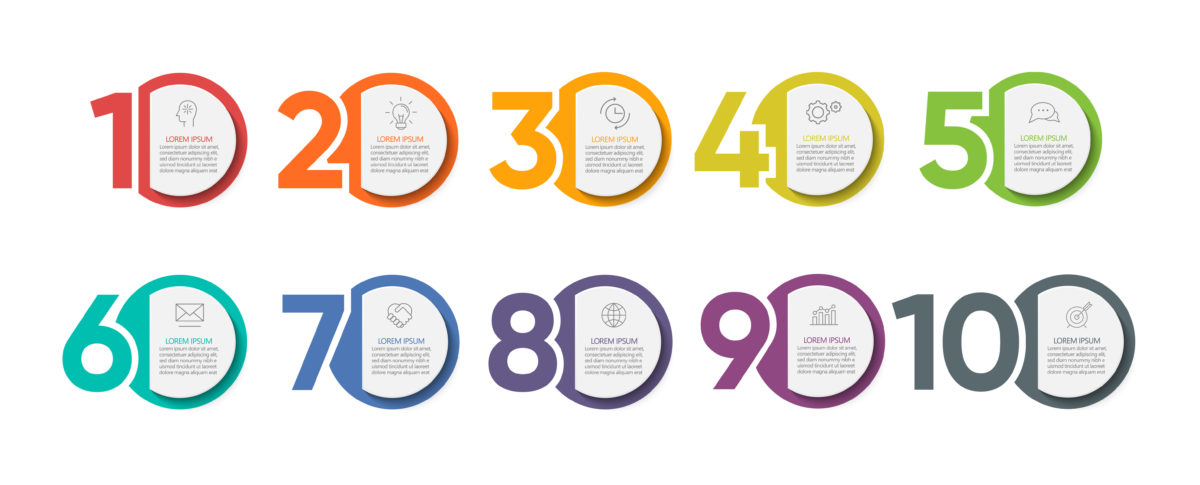Digital analytics has become an increasingly approachable tool for marketers. With the vast amount of data available, digital analytics offers a treasure trove of audience insights that can significantly enhance marketing strategies. Using the tools should also be a professional habit that you do on a daily basis.
Habits have patterns. Here’s a detailed exploration of leveraging digital analytics to gain a profound understanding of your audience in 10 steps.
1. Defining Target Audience
The first step in audience analysis is to clearly define who your target audience is. This involves creating detailed buyer personas that represent your ideal customer. Marketers can identify key characteristics such as demographics, interests, and behaviours by analysing data from your digital channels.
2. Analysing Customer Behaviour
Digital analytics tools allow you to track how users interact with your content across various platforms. This includes website visits, social media engagement, and email activity meatrics. Understanding these interactions can help you tailor your content to match your audience’s preferences.
3. Utilising Segmentation
Segmentation is a powerful technique that divides your audience into groups based on shared characteristics. This enables you to create targeted marketing campaigns that resonate with specific segments, increasing the relevance and effectiveness of your communications.
4. Measuring Engagement
Engagement metrics such as click-through rates, time spent on pages, and social media interactions are vital indicators of how compelling your content is. High engagement rates often correlate with a deeper interest in your brand and a higher likelihood of conversion.
5. Leveraging Surveys and Feedback
Surveys and direct feedback are invaluable for understanding the needs and opinions of your audience. They provide qualitative data that can complement the quantitative data from analytics, giving you a more complete picture of your audience’s preferences.
6. Tracking Conversion Rates
“Conversion. Conversion. Conversion”. The conversion rates are the ultimate measure of marketing effectiveness. By analysing which channels and content types drive the most conversions, you can optimise your marketing efforts to focus on the most productive areas.
7. Understanding Motivations and Pain Points
Beyond behaviour, it’s crucial to understand your audience’s motivations and pain points. This insight can inform content creation, product development, and overall marketing strategy, ensuring that you address the real needs of your customers.
8. Predictive Analytics
With AI and machine learning advancements, predictive analytics can forecast future behaviours and preferences based on historical data. This forward-looking approach can help you stay ahead of trends and anticipate the needs of your audience.
9. Creating Actionable Reports
The data you collect is only as valuable as the insights you extract from it. Creating clear, actionable reports helps communicate findings to stakeholders and informs strategic decisions.
10. Continuous Adapting Digital Analytics for Audience Insights
Understanding your audience is an ongoing process. The digital landscape is ever-changing, and so are the behaviours and preferences of your audience. Continuous learning and adaptation are necessary to align your marketing strategies with your audience’s evolving needs.
By embracing the power of digital analytics for audience insights, you can transform data into actionable insights that drive your marketing strategies forward.
